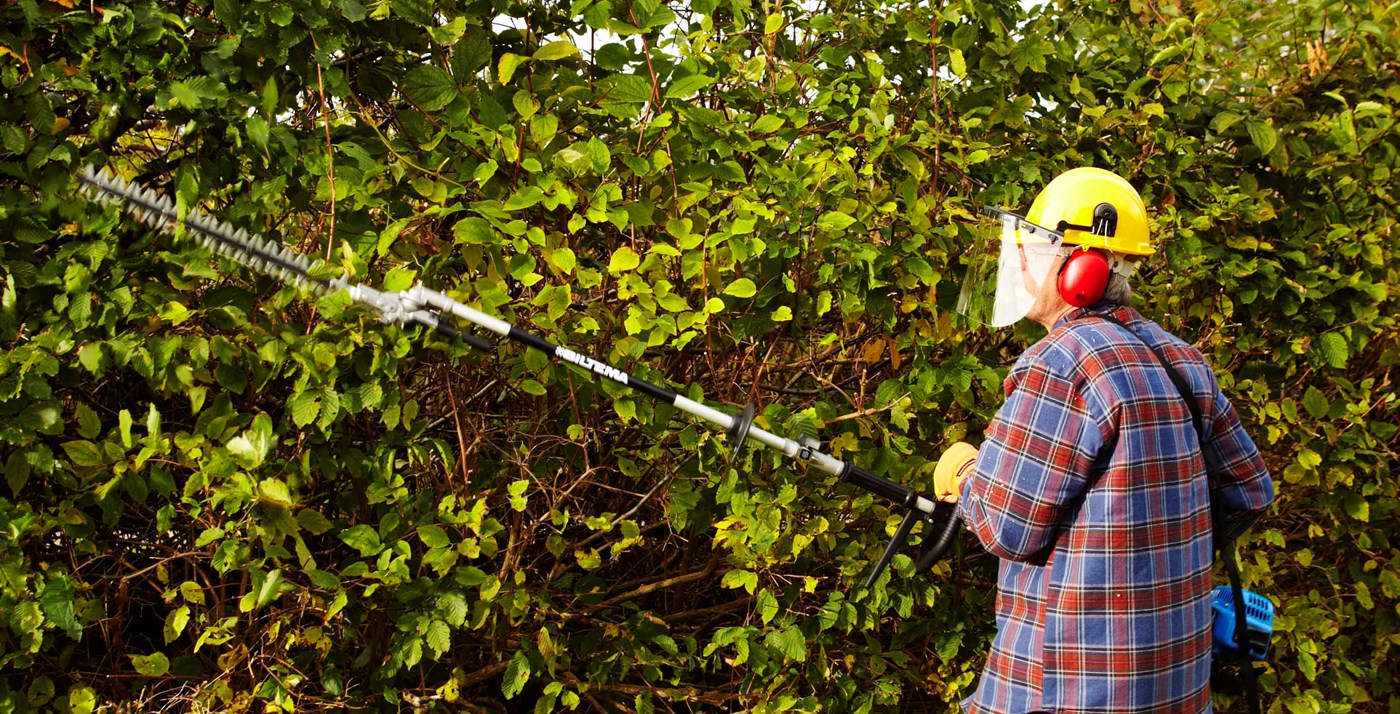When will you prune your stone fruit trees?
By pruning your trees you are showing them love and ensuring beautiful and thriving trees for next season. In addition, a properly pruned tree is healthier and more resistant to diseases.
Pruning your stone fruit trees during the summer period (July, August and September) has its advantages. Pruning during this period promotes the encapsulation of damaged stem tissue, and stone fruit trees in general have a very good encapsulation ability.
Common stone fruits:
- Cherry
- Plum
- Peach
- Olive
- Nectarine
- Mango
Take care of your stone fruit tree
It is of great benefit if you are able to do some minor pruning and cutting among the small branches during the summer period. You should not prune stone fruit trees too much, as this can lead to frost damage and gummosis. Gummosis is when the trees ooze sap.
Cherries and plums, which are perhaps the most common stone fruits in our Nordic gardens, are similar in many ways to apple trees. They all have shoots and crowns, as well as bouquet branches. The flower buds of stone fruits can be found in their bouquet twigs, which are often surrounded by leaves.

How to prune
Never cut a branch straight off. Instead, cut it just above a twig, which will create a natural continuation of the branch. If you cut the branch straight off, stumps will at in the crown, which is not good for the tree and can lead to it getting sick. Always use sharp and clean pruning shears.
If your tree is sick, it is important that you sterilise the pruning shears after every cut. For example, you can dip the shears into some methylated spirits between snips.
- Plum tree pruning
Your technique when pruning plum trees is crucial. Never leave any offshoots and always cut next to an angled branch or just above an outward-facing branch.
- Cherry tree pruning
Cherry trees do not need a lot of pruning. It is usually enough to carefully trim away dry branches and small branches growing in the wrong direction or which are in each other’s way. Leave the crown sparse and airy, so that sunlight can penetrate, which also prevents tree diseases.
- Peach tree pruning
We would also like to offer some advice to those who have peach trees. Remember that fruit and flowers are produced from the shoots that have grown out and developed from the previous summer. So, if you want good peaches next summer, it is important that these are not pruned and cut.
Four mistakes to avoid when pruning
- Cutting too short
Do not cut branches too close to the stem so that only small stumps stick out. The tree will lose its harmony and the outgrowth may look strange and unnatural. - Water sprouts
If you prune excessively, there is a risk that water sprouts will develop, which are new shoots that grow on the cut surfaces. The more cut surfaces, the more water sprouts.
As long as the sprouts are small, you can tear them off, but, if they have grown, you need to cut them off as close to the trunk as possible. - Branch collars
It is important that you cut on the correct side of the branch collar. The branch collar is the “shoulder” between the branch and trunk, and can be identified as a raised ring of tissue around the base of the branch. The branch collar is good at healing wounds on the tree, and you should cut just outside this so that the healing does not result in bulges. - Cutting the crown
Your tree will never be the same if you cut its top. You will not get as neat a stem and crown again, but only new shoots that will not be as good as the original crown. The tree will continue to grow in width, but not in height.
As the saying goes: You reap what you sow, and we totally agree. Pruning your stone fruit trees is crucial to your harvest next season. Make sure you do it carefully and correctly.
At Biltema we have the pruning tools you need for your garden




